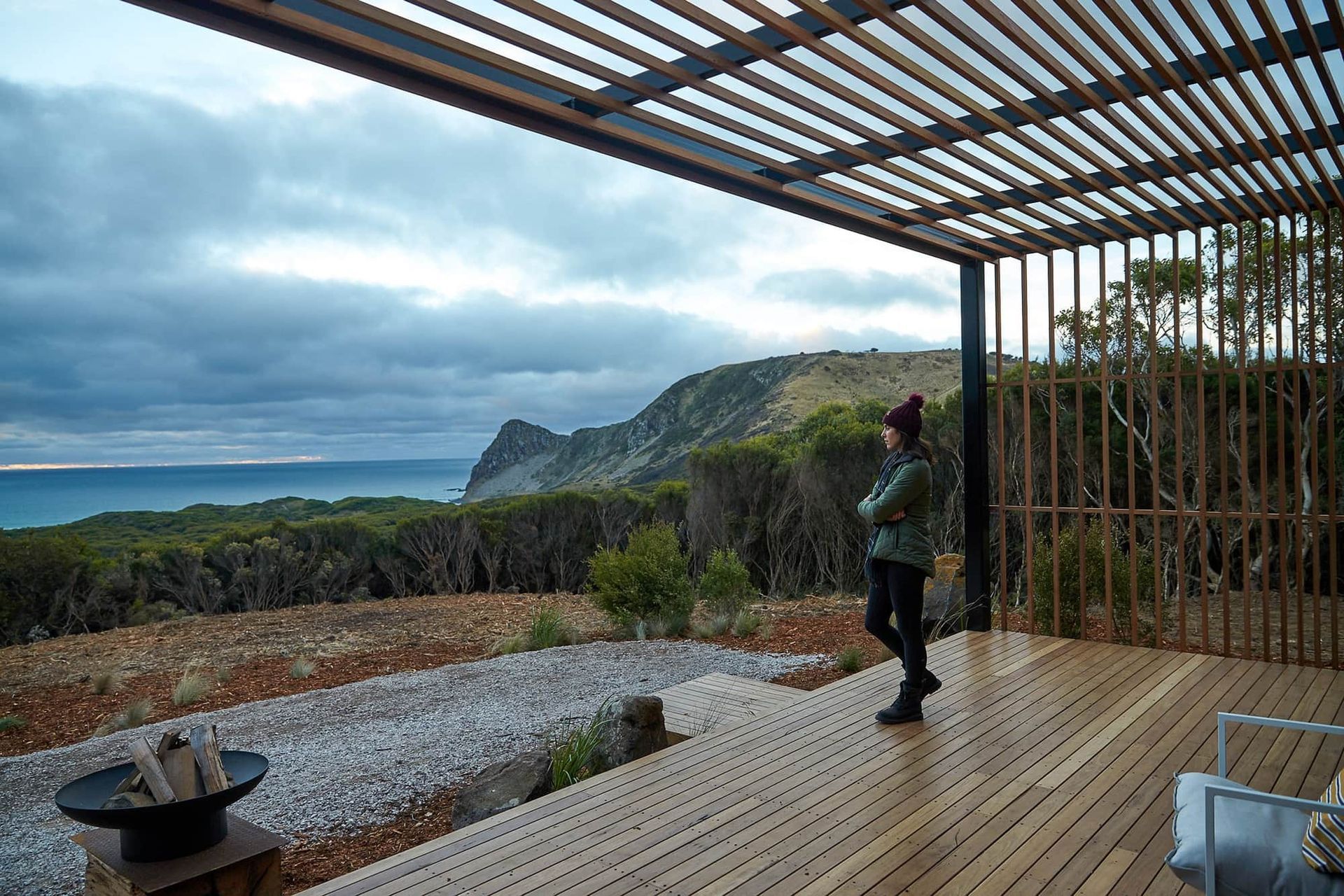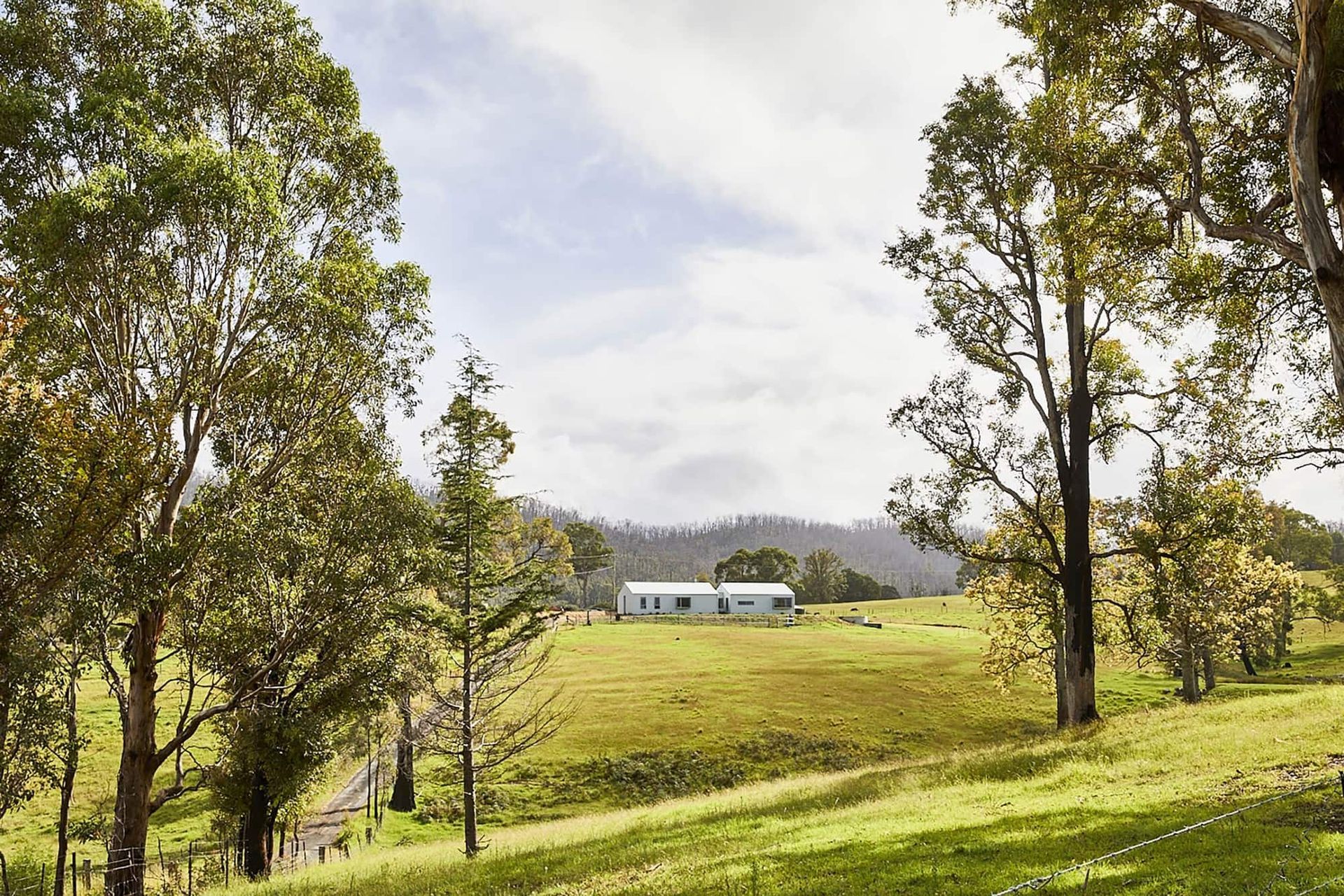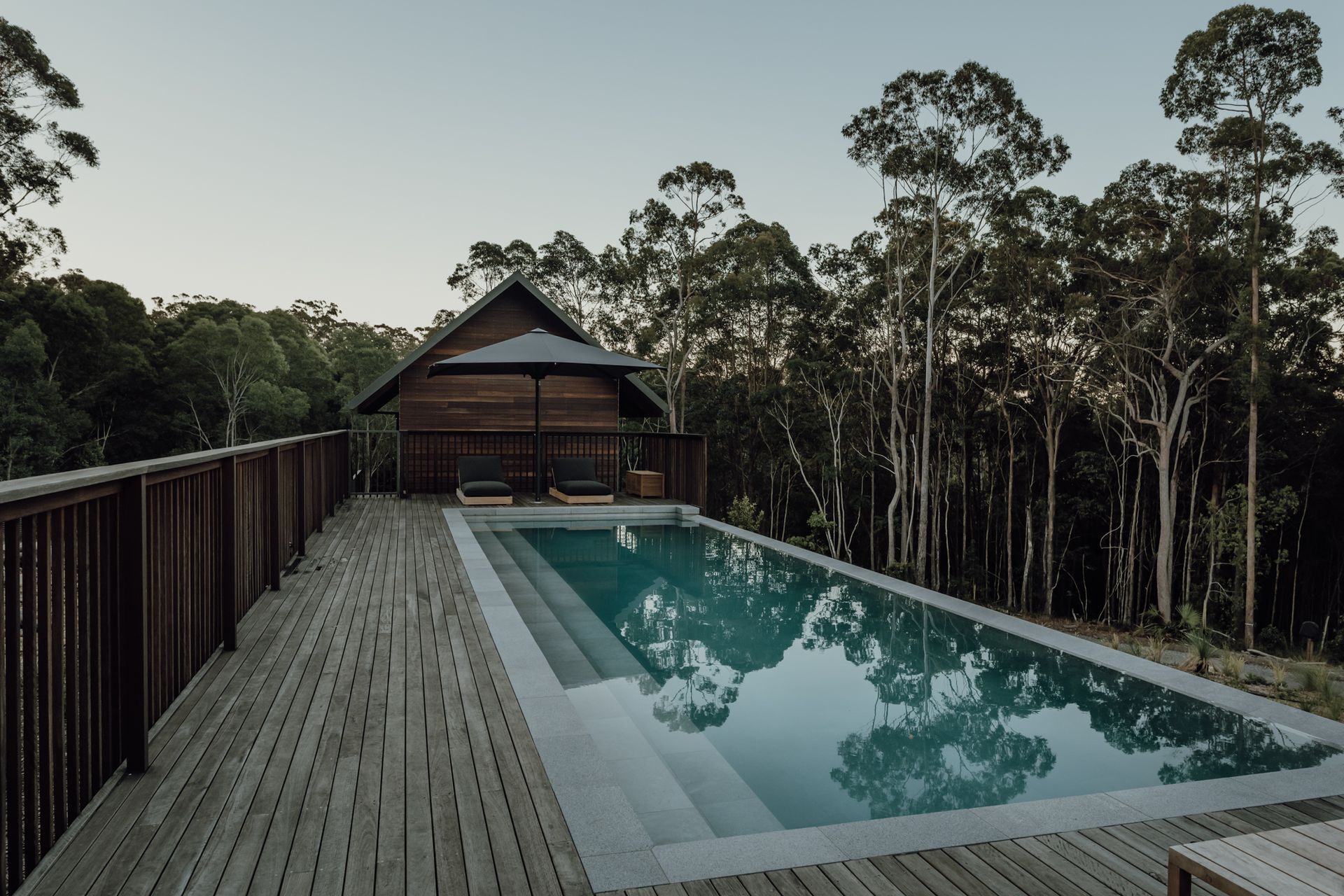Architects Declare: The architectural movement protecting our planet
Written by
19 November 2022
•
6 min read

Australia’s construction industry is one of the biggest contributors to climate change and damage to our biodiversity, and the facts may shock you. According to the 2020 National Waste Report, our construction and demolition sector produced 27 million tonnes of waste between 2018 and 2019, equivalent to 44% of the country’s total produced waste.
A global study by the Clean Energy Finance Corporation revealed 28% of greenhouse gas emissions come exclusively from the building and construction industry. The study also found the embodied carbon dioxide emissions resulting from materials and construction processes throughout the lifecycle of a building or infrastructure project account for 10% of Australia’s national greenhouse gas emissions – but it doesn’t stop there.
Research conducted by the Australian Bureau of Statistics reported that the harvesting of materials used in building a home has an adverse impact on biodiversity, contributing to events such as the extinction of species, destruction of natural systems and habitat, degradation of ecosystems and fragmentation of habitat and populations. A report produced by RMIT University revealed that building materials consume between 30% and 50% of available raw resources globally. Add to this the increasing frequency with which we are now experiencing extreme weather events and you’ve got a recipe for disaster.
The same report by RMIT University concluded that, according to greenhouse gas emissions, the environmental impact of Australia’s construction industry is dominated by the residential sector, especially that of detached residential development and home improvements. The architecture and design industry has acknowledged this issue and is now making a collective effort to reduce the environmental impact of their industry.

Architects Declare
Architects Declare is a social movement that works towards reducing the impact of the industry on the environment at every stage of building a house, while giving special focus to the issues of climate breakdown and biodiversity loss. More than 1000 businesses have signed the climate emergency declaration produced by the movement, which calls for a shift in behaviour as well as the design, delivery and performance of buildings.

The signatories
Tasmanian architecture firm Cumulus is one of the signatories, and designer Ronja Scherer and sustainability lead Danielle Pacella explain that Cumulus signed the declaration due to the inherent responsibility architects have to explore better ways to design, build and maintain our built environment. “We joined Architects Declare as it’s a growing community that understands our climate emergency and shares common goals for generating this industry-wide change and reducing the carbon footprint of built projects,” says Danielle.
“As part of this network, we hope that our projects, approach and collaboration with other professionals in our field adds to this important conversation and results in more sustainable and environmentally conscious designs.”
Read now: Why energy-efficient homes are the future of residential design
Melbourne firm Breathe is another signatory of the declaration and Jeremy McLeod, design director, says joining the movement was a quick and easy choice. “We operate in a time of climate crisis and biodiversity breakdown. In good conscience, we felt it would be irresponsible for us to not join Architects Declare,” says Jeremy.
Architects Declare supports the implementation of regenerative design practices, something Jeremy believes is exceptionally important. “To become carbon neutral or have a net zero carbon impact on the planet doesn’t make climate change any worse, but it also doesn’t make it any better, it's not repairing the damage that has already been done,” says Jeremy. “Regenerative design looks to not only mitigate project-related carbon, but it goes one step further to sequester more carbon than it emits. The project also creates more biodiversity than it builds over.”

Proposed changes
In order to fulfil the 10 key goals set out by the declaration, Ronja explains there needs to be change within the industry, such as an overall reduction in energy consumption, an industry-wide focus on using locally-sourced materials, and the implementation of higher building standards over and above current construction codes. “We need a conversation focusing on a ‘less is more’ approach: renovating instead of demolishing, using higher quality, longer lasting materials, and retrofitting existing buildings to improve the quality of indoor environments, and being more energy efficient,” says Ronja.
Ronja and Danielle agree there also needs to be a change in perspective within architecture, and it needs to be a collaborative effort as the climate crisis is something everyone faces. “This is why Architects Declare is important as it strongly encourages knowledge sharing of research and ideas between firms, something that the network is now starting to facilitate,” says Danielle.

Raising awareness
Ronja and Danielle suggest architects work with like-minded consultants, contractors and clients who have a similar benchmark for sustainable outcomes in order to raise awareness of the issue. “This concerted effort can help highlight the possibilities of a sustainable project, which can help establish and maintain higher standards of construction and design,” says Danielle.

Implementing change
Jeremy says one of the easiest ways architects can implement change is by establishing their own set of minimum standards and building a really clear recycling requirement into their specifications. His suggested changes include reducing house sizes – as we build some of the biggest housing in the world alongside the US and Canada – and building structures that are 100% electric and powered only by accredited GreenPower, and educating clients on the value of doing so.
“Designing through the lens of building less will reduce embodied carbon in the construction industry, and the place where you can save the most carbon is concrete, steel and aluminium,” says Jeremy. “Using 40% cement replacement in your concrete will make a massive difference. Using FSC-Certified timber framing instead of steel will result in sequestering carbon instead of emitting it. It’s also really important to use natural and locally manufactured materials because manufacturing, shipping and transportation are carbon intensive.”
Danielle adds that we need to be ensuring structural changes are fit for purpose, rather than over-designed, to reduce waste. “This can be done by designing to panel sizes, and specifying materials and products with take-back schemes to promote recyclability and renewability and Implementing and promoting innovative regenerative design solutions and focusing on using recycled content where possible,” says Danielle.
Learn more about the environmental impact of the building industry on ArchiPro.